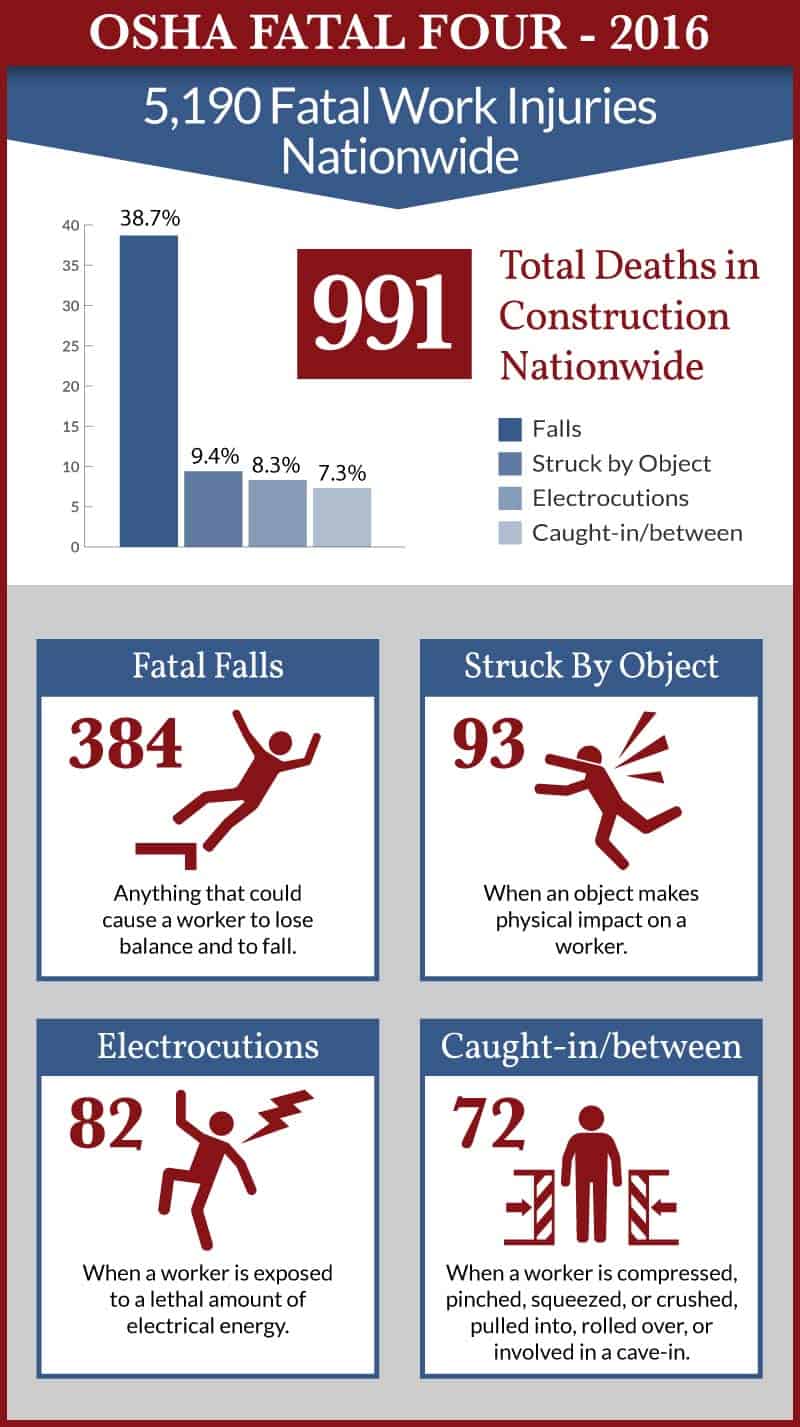Categories of Workplace Violence
 Employers and employees alike can benefit by understanding ways to prevent workplace violence and resulting injuries. Recognizing warning signs, threats, and risky behaviors may allow workers and management to thwart violence before it even happens.
Employers and employees alike can benefit by understanding ways to prevent workplace violence and resulting injuries. Recognizing warning signs, threats, and risky behaviors may allow workers and management to thwart violence before it even happens.
The National Institute for Occupational Safety and Health and other organizations typically break down workplace violence into four categories: Criminal intent; customer vs. employee; worker vs. worker; and personal relationships. The following shows what sets them all apart from one another.
Criminal Intent
These are related to other crimes that take place at workplaces, like robberies, trespassing, or acts of terrorism. The offender does not have a direct connection to the company or its workers. This category also makes up the largest percentage (85 percent) of workplace homicides.
Businesses with valuable inventories and cash are at higher risk for robberies. Investing in security cameras and alarm systems that contact law enforcement is recommended. This can be reinforced with posted signs. These should state that the business has no cash on site and that video surveillance is in use.
Frequent bank deposits should be made to limit the cash on site. Employees should know not to open back doors once it is dark outside, and the back and front of the shop should be brightly lit.
Customer vs. Employee
In this category, the offender may have a business relationship with the company. It could be a customer, a patient, or a student. A customer could become angry if they presume mistreatment, or a patient can turn violent if they are physically or mentally ill. Many of these occur in healthcare facilities, like hospitals, nursing homes, and psychiatric homes.
To head off customer vs. employee issues, employees should always act professionally and remain calm if tempers escalate. Customers can grow agitated if they perceive poor treatment or think they have a loss of control. When in doubt, an employee should contact their supervisor immediately.
Worker vs. Worker Violence
These can happen when current or past employees exhibit violent acts towards each other. If certain employees do not get along, it can escalate into violent, life-threatening or even deadly situations.
Worker vs. worker violence can be avoided with criminal background checks for potential employees. Any red flags should be considered before hiring anyone. Separating acrimonious employees from each other, providing work breaks, and thorough employee training are helpful. If a worker feels threatened by another, they should contact management.
Personal Relationship
This is the least common type of workplace violence. It usually happens when the offender is personally involved with an employee or business owner. The victim is accosted at work by the other person; in many cases, domestic violence plays a big part.
Preventing personal relationship workplace violence can be trickier, since the perpetrators can be highly emotional and irrational. Plus, if the business is open to the public, they can walk right inside. Women are more likely to fall victim to these crimes.
If an employee is acting withdrawn, nervous, or tearful, these could be signs of domestic violence. Contacting a supervisor or human resources department may be called for in these situations.
Philadelphia Workers’ Compensation Lawyers at Freedman & Lorry, P.C. Help Victims of Workplace Violence
Even the best efforts to prevent workplace violence may not succeed. If you have been injured in a workplace violence incident or any other workplace accident, call the Philadelphia Workers’ Compensation lawyers at Freedman & Lorry, P.C. We represent clients in Philadelphia, Cherry Hill, New Jersey, Pinehurst, North Carolina, and throughout Pennsylvania. Call 888-999-1962 or complete an online contact form today to schedule a free consultation.
